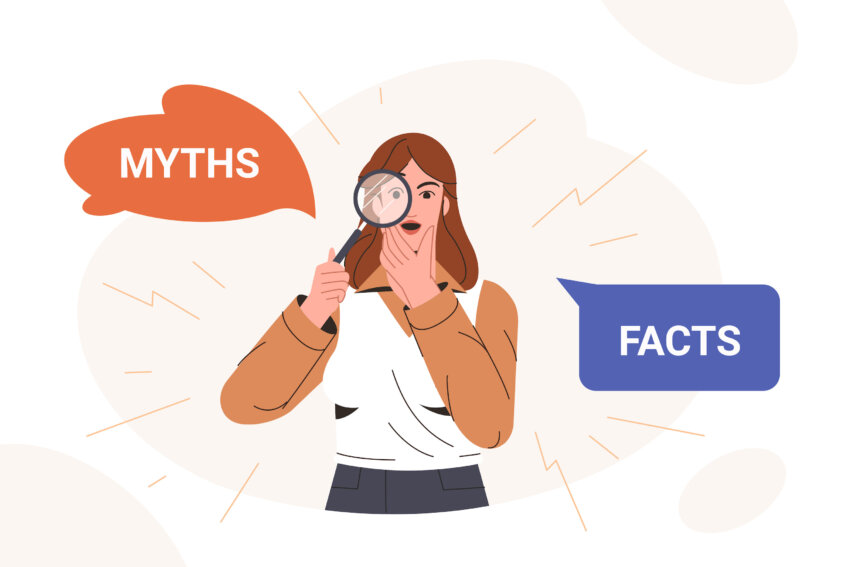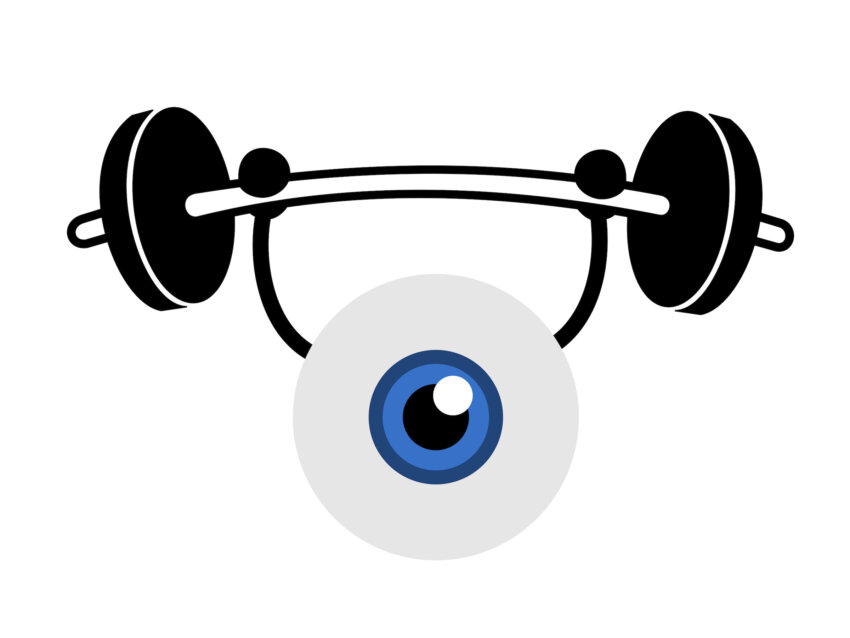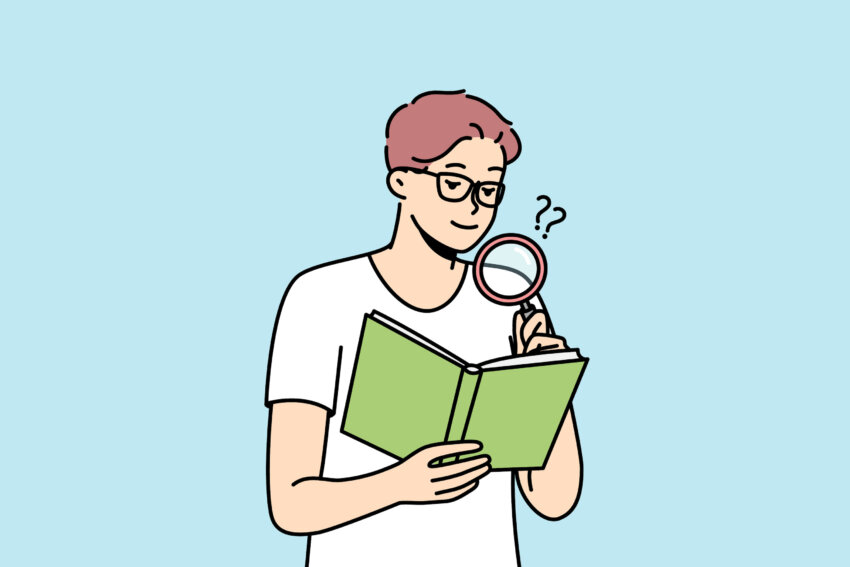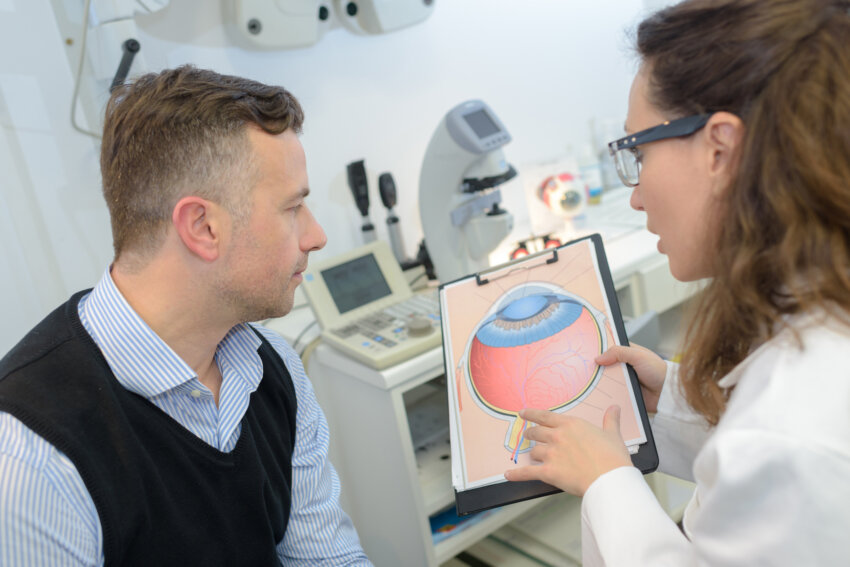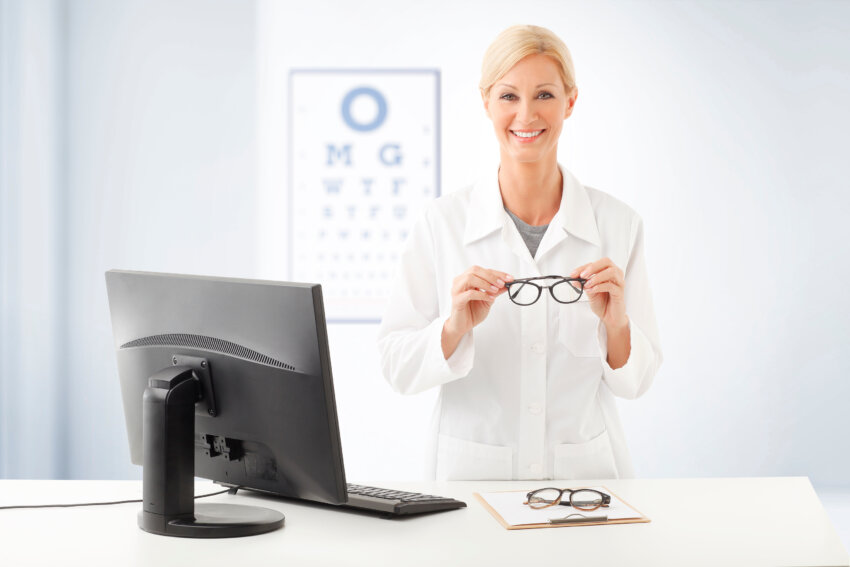 By Ethan Stern, MD, Ophthalmology, retina specialist
By Ethan Stern, MD, Ophthalmology, retina specialist
It’s been said that the eyes are the windows to the soul. They can also be windows to other health conditions in the body.
In fact, the retina — the delicate tissue in the back of the eye that facilitates the sensation of vision — is one of the first places where changes in the body from diabetes can be detected. Similarly, the cornea — the clear covering on the surface of the eye — can reveal the first signs of diseases like rheumatoid arthritis or HIV.
In many cases, eye problems may be asymptomatic until they become serious, so it’s important to maintain good eye health and visit an eye care provider at least once a year.
It’s also helpful to be aware of eye facts and myths so that you can continue to take good care of your eyes. Read on to put your knowledge to the test.
1. Myth or fact? Sitting too close to a television or computer screen is bad for your eyes.
Answer: Myth. Sitting too close to a TV or computer screen will not negatively impact the eyes. It may, however, be uncomfortable for some individuals with farsightedness, or a condition in which items that are close to you appear blurry. When a child sits close to the TV, this could be a warning sign that the child has developed strabismus, a problem with eye alignment, or that the child may need glasses for nearsightedness or farsightedness.
2. Myth or fact? Wearing glasses will weaken your eyes.
Answer: Myth. Rather than weakening the eyes, wearing glasses has been shown in some studies to potentially protect them, both physically and biologically. For kids in particular, some studies suggest that wearing the appropriate prescription may slow down the process of becoming nearsighted — a condition in which distant objects appear blurry — and protect them from the risks of being extremely nearsighted. It may also protect them from needing stronger glasses in the future. For adults, there’s almost no chance of harming the eyes by wearing glasses. The need for reading glasses is an unavoidable part of the aging process.
3. Myth or fact? Eye exercises can improve your vision and keep your eyesight from declining.
Answer: Myth. Most changes in the eyes, such as eye dryness, occur naturally as one ages, and eye exercises have not been shown to help. That said, some have tried exercises to help control the eye muscles in very specific types of problems with eye alignment, or strabismus, in children. However, studies have not confirmed if these exercises provide any benefit.
4. Myth or fact? Darker sunglass lenses offer more protection.
Answer: Myth. It’s not the tint of the sunglass lenses that offer more protection. It’s the type of light that sunglasses filter and the polarization of the lenses that offer protection. The safest sunglasses are polarized sunglasses that reduce glare and limit the amount of ultraviolet light that goes into the eyes. There is also research to suggest that certain colors of light may influence the development of certain eye diseases but no research has proven that it can make existing diseases worse. Many types of sunglasses have been created — including blue-blocking, yellow-blocking and red-blocking glasses. However, studies have not proven that these types of glasses help prevent any eye diseases.
5. Myth or fact? Sunglasses should only be worn when it’s sunny outside.
Answer: Myth. Your eyes will not be harmed by wearing sunglasses in darker conditions, although it certainly can make doing tasks in the dark more difficult. If you need to wear sunglasses in the dark because you’re very sensitive to light, and that’s the only way you can tolerate your television screen, for instance, it’s not harmful to wear your sunglasses.
6. Myth or fact? Reading with low lighting won’t harm your eyes.
Answer: Fact. Reading in low lighting will not harm your eyes, but it can make reading more difficult because the pupils become dilated when it’s dark, and that means the words are less in focus. Conversely, when you read with bright light, it constricts the pupils and also makes it easier to read because you can better distinguish between various shades.
7. Myth or fact? Poor eyesight can be hereditary.
Answer: Fact. There are many hereditary eye diseases. Every single part of the eye — from the front to the back — has different hereditary diseases. Diseases like macular degeneration, in which the macula portion of the retina is damaged, and myopia, or nearsightedness, have a hereditary component. There are many more rare diseases that have a very strong genetic component where the exact genes causing the disease can be identified. Some of these include rare retina diseases or general conditions with known eye problems like sickle cell anemia. Generally, most health problems are due to either a known or not fully known relationship between genes and other non-genetic factors such as infections, environmental exposures and nutrition.
8. Myth or fact? Glaucoma, an eye disease that can damage the optic nerve, has some hereditary components.
Answer: Fact. Generally, genes play a role in glaucoma. While the most common types of glaucoma are more complex, there are some specific types of glaucoma that are highly genetic. In fact, an exact gene has been identified in many of these types of glaucoma.
9. Myth or fact? There are four major types of eye care providers.
Answer: Fact. The four major types of eye care providers are opticians, optometrists, ophthalmologists and ocularists. Opticians make glasses. Their job is to physically put together eyeglasses and the prescriptions inside the eyeglasses. Optometrists go to optometry school, do not have a medical degree and are good at identifying eye diseases and providing primary eye care, such as glasses or contact prescriptions. Ophthalmologists undergo medical training and then train to be ophthalmologists to learn specifics about the eyes. With exceptions in some states, ophthalmologists are the only eye care providers who can perform surgery because they are trained physicians with a medical doctorate. Ocularists make eye prosthetics mostly for people who need to have their eyes removed and need a prosthetic eye.
For most people, an optometrist or ophthalmologist can provide many of the same general services they may need, like regular eye exams. There are many more optometrists than ophthalmologists. If an optometrist identifies a disease that needs a specialist or surgical treatment, they’ll refer the patient to an ophthalmologist.
To learn more about UT Health San Antonio’s eye care services and to make an appointment, click here.


